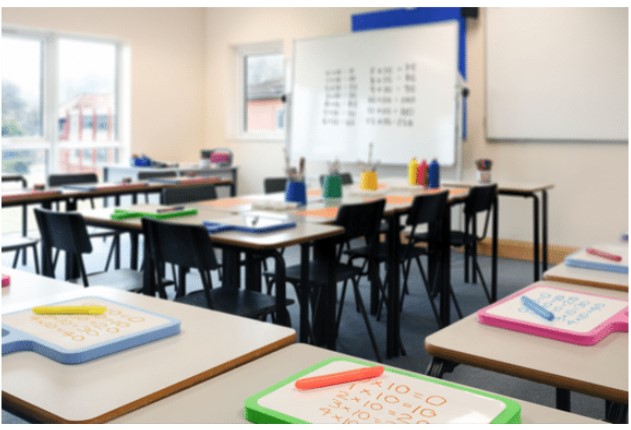Are you ready for school?
Shortsightedness (myopia) has become much more prevalent in the last 50 years. In 1960 the proportion of myopic children in the UK aged 10-16 years was 7.2%. The prevalence in the UK more than doubled in the period between 1960 and 2008.


In South East Asia the problem has accelerated quickly - in China, sixty years ago, 10–20% of the Chinese population was myopic. Now - up to 90% of teenagers and young adults are myopic with almost 20% being highly myopic and less than 4% remaining emmetropic (not needing glasses).
The prevalence of myopia and high myopia is increasing at an alarming rate and brings with it an associated increase in the risks for vision impairment. By 2050, 50% of the global population is predicted to be myopic. That equates to almost 5 billion people.

It's not just about incidence but also increasing severity. As the eye continues to grow, the retinal tissue has to stretch, leading to myopic pathology. Higher myopia ( > -5.00DS ) raises the chance of suffering with associated pathology. This makes managing progression vital.
The main risk factors are family history (parents with myopia), living in urban communities, being from South East Asia and not spending enough time outside. If you become myopic (shortsighted) early in life (under 13) your myopia may progress 2-3 times faster than if you are older than 13.

How does a child know if they have an eyesight problem at age 6? And what does it look like to them?
Look for coping mechanisms to try and identify any problems...

By the time they get to high school , their myopia may have progressed...

To see what your child may see check out this Vision Simulator - click on the image...
Take this quiz to find out if your child could become short-sighted and what to do if they already are. 'Short-sightedness' is a common term for myopia - an eye condition that typically starts in childhood and usually requires spectacles or contact lenses to see clearly.
If you have any concerns or there is a family history of myopia, make sure your children have a regular eye examination even if they don't complain yet. There are many new myopia management techniques to try and stop your child from becoming more myopic or at least slowing the progression. We are very happy to discuss the options with you. The first step is to bring your children for a regular eye examination - book an appointment today.
Stay Up To Date With The Latest News
Be informed about our exclusive sales and top deals.


